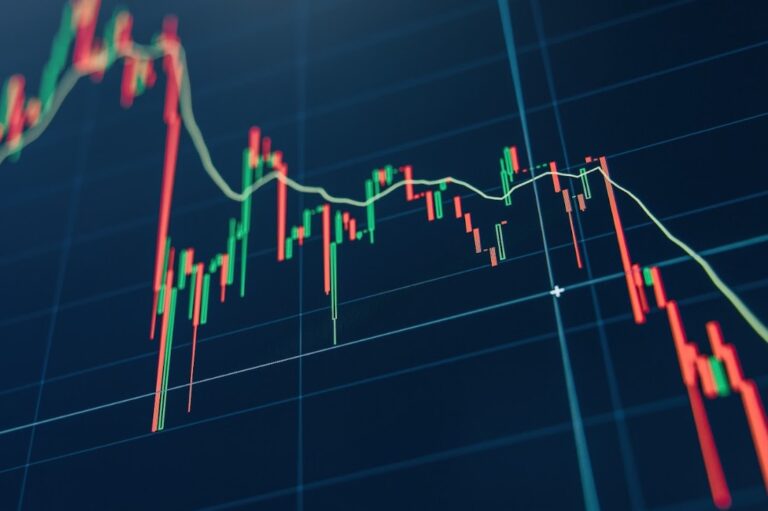Increase government bonds yields, taking advantage of duration and currency exchange rates. Here are the secrets of the experts.
Table of Contents
US employment data
The FED’s strategy in the fight against inflation has hit a snag in the latest employment report. The data of which highlights a slightly higher-than-expected wage situation in the non-agricultural sector, a lower-than-expected unemployment rate, decreasing of -0.2% compared to the 3.7% recorded in November.
With the unemployment rate falling, the concern about a possible recession is invalidated. At least theoretically, based on Sahm’s rule of thumb indicator that, “when the 3-month moving average of the unemployment rate increases by at least +0.5% above the low of the 3-month average from the previous 12 months, a recession occurs.”
The US employment report also showed that the average participation rate rose to 62.8% while the average hourly wage increased, month-on-month, by 0.3% and 4% year-on-year.
FED rates
Based on these data, analysts hypothesize the end of the Fed’s rate hike cycle, but at the same time, the hope of an imminent interest rate cut in this phase has been dashed.
In other words, if on the one hand an interruption in price increases is expected, on the other, the time is not yet ripe for a change in strategy. Consequently, it is probable that rates will be kept at current levels for a period yet to be defined .
US Treasury bond yields
US Treasury bonds have been characterized by a rapid run over the last year that will likely lead to the 10-year US bond yield falling just as rapidly now that a point of stability has been reached. And, according to experts, it is it is presumable that the rate of return can stabilize, at least for the next year, around 4%.
At the basis of this theory is the precedent of 10-year Swiss bonds which, last month, brought yields to 0.7%.
Read also: Navigating different types of bonds: a brief guide
Increase duration
To prevent the decline in yields from producing a negative exposure to one’s investments in government bonds, one solution, advanced by some analysts, consists in increasing diversification which allows one to maintain or add some exposure to duration, thus generating an extra return without excessive currency risk.
From this perspective, the yield curve of Australian government bonds offers us an excellent investment prospect.
More precisely, Australian government bonds offer a slight positive slope with two-year and ten-year rates at 4.03% and 4.33% respectively, lower than the 4.74% and 4.25% of similar US treasury bonds and more high compared to 1.1% and 0.7% for 2- and 10-year Swiss government bonds.
On the basis of these yields it is in fact possible to take advantage of the differences in the slope of the yield curve by investing in Australian government bonds with a 10-year maturity and hedging the currency risk by selling the AUD at maturity against the US dollar or the Swiss franc.
Australian stocks to increase duration yield
According to current estimates, over the next 12 months, hedging the Australian dollar could result in an additional carry of 0.75% for dollar investors. And a reduced cost of 3.02% for those investing in francs.
Based on this projection, we expect a yield for 10-year Australian government bonds of more than 5% if converted into US dollars or 1m3% if converted into francs.
Read also: India bonds, does investing in this market pay off? An analysis of the opportunities












